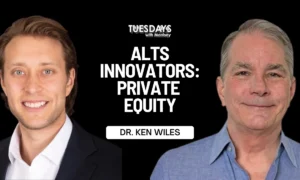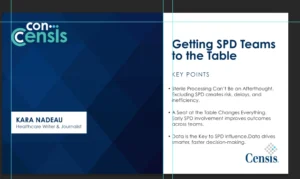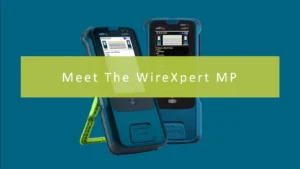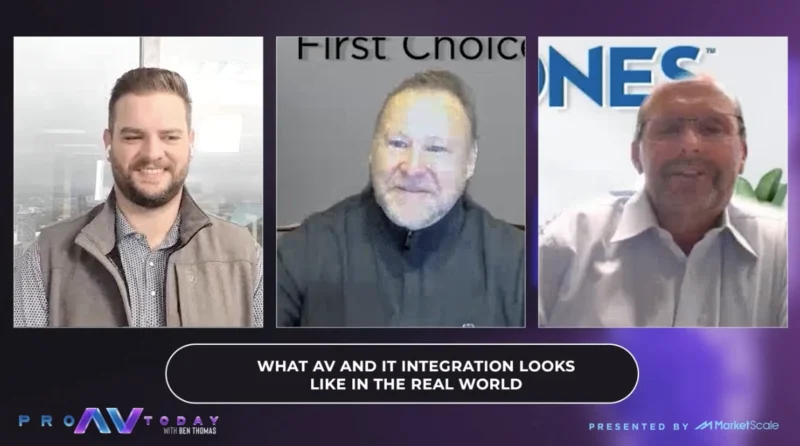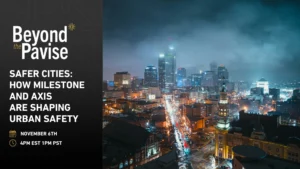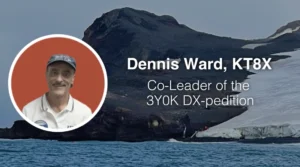AV is Bridging the Gap Between the Real World and the Metaverse at Industry Conferences
How is AV helping bridge the gap between the real world and the metaverse? Some of the best examples can be seen in the midst of large-scale trade shows and industry events. For example, ETHDenver, an annual blockchain conference held in Denver, Colorado, hosts more than 20,000 technologists every year to innovate and develop the DeFi and web3 space. Like any good industry event, networking is key; each year, the conference begins with an official opening party where the attendees meet, greet, and mingle to discuss, define, and refine the bleeding-edge of blockchain technology.
Mango Dogwood, the creative director of Charged Particles, an Ethereum-based NFT protocol that enables digital token nesting, was tasked with organizing and throwing the official opening party.
With only six weeks of planning, Dogwood put his experience planning digital-only metaverse gatherings to work and successfully threw an ETHDenver party for the ages; he secured an iconic venue in the form of a former Airforce base and raised a quarter million dollars in sponsorship to get the party, literally, off the ground.
Regardless of being an in-person event, ETHDenver is a hub for innovation on the next era of decentralized networks and applications. Naturally, attendees at the event represent a prime example of professionals seeking to create in-roads between the blockchain world or the evolving metaverse and the many traditional business and technologist communities who may still be skeptical about its uses and applications. Dogwood sat down with us to share insights into the dynamics of organizing, planning, and throwing large-scale, multi-thousand attendee events that bridge and warm-up the gap between the real world and the metaverse. He also details some of the innovative ways AV and XR technology is being leveraged to unify these two disparate event communities to close the gap between the real world and the metaverse.
Mango’s Thoughts
“There are quite a few interesting challenges when it comes to running large scale events, of which I’ve done a few. That was a major one in person, but we’ve also run a number of events with several thousand participants in digital-only spaces. And so I think a lot of people in the industry are looking at how can we bridge the gap between those two different kinds of spaces. And I think bridging the gap in the sense of helping bring the technologies closer together, but also making the experience like the engagement and the interaction between guests, really like focusing on bringing people together with these technologies.
And as I think a lot of people, when they’re considering like digital events and digital spaces or events with a mixed reality sort of component that I think still today a lot of folks feel that those kinds of environments are quite sterile or cold, or lacking some sort of humanity that you get from physical events.
So something that we’ve all been focusing on is how can we use audio visual technology, music, art, virtual reality, augmented reality, to help show people that these spaces can be warm and human, and compassionate and connected. So that’s always been the challenges,
thinking about how can you create art experiences, installations, that help people realize that these digital spaces can be can be pretty marvelous.
I think it’s something that people started to feel a lot during the pandemic as well, when we could not physically meet, that you could find ways to use these digital technologies to find human connection. And so it’s just trying to remind people that just because we’ve gone back to having physical events, that we can still reap the benefits of those things.
So as an example, we’ve had some augmented reality like art installations where you’ve got a series of empty or appearingly empty pedestals. But when you’re looking through the right glasses or through the right app on your phone, that there are these marvelous, growing, animated digital art installations, like digital sculptures, and I think that kind of thing really captures people’s imagination. Something we’ve talked about doing is creating like a window between the digital and physical experience where people in the physical event are influencing the experience of the people in the digital space and vice versa, where you can be live streaming and capturing video from the physical event and projecting that into the digital space so that people around the world who are unable to attend for whatever reason, that you can really like lower the barriers to entry for people who feel like they’re participating.
And you can do the same the other direction as well, like capturing live feed video of all these little avatars running around in the metaverse and displaying that at the physical event where it feels like you’re really looking through a window between the digital and physical world in a way that really captures that social interaction that’s going on.
So I think art and music, art installations, and things that people can engage with to help bridge that social gap is something really fascinating and something that I think blockchain technology enables in a new way, and that a lot of people in the sort of blockchain industry are really focused on highlighting the positives of those sorts of installations.”
Article written by Dan Bockrath.


